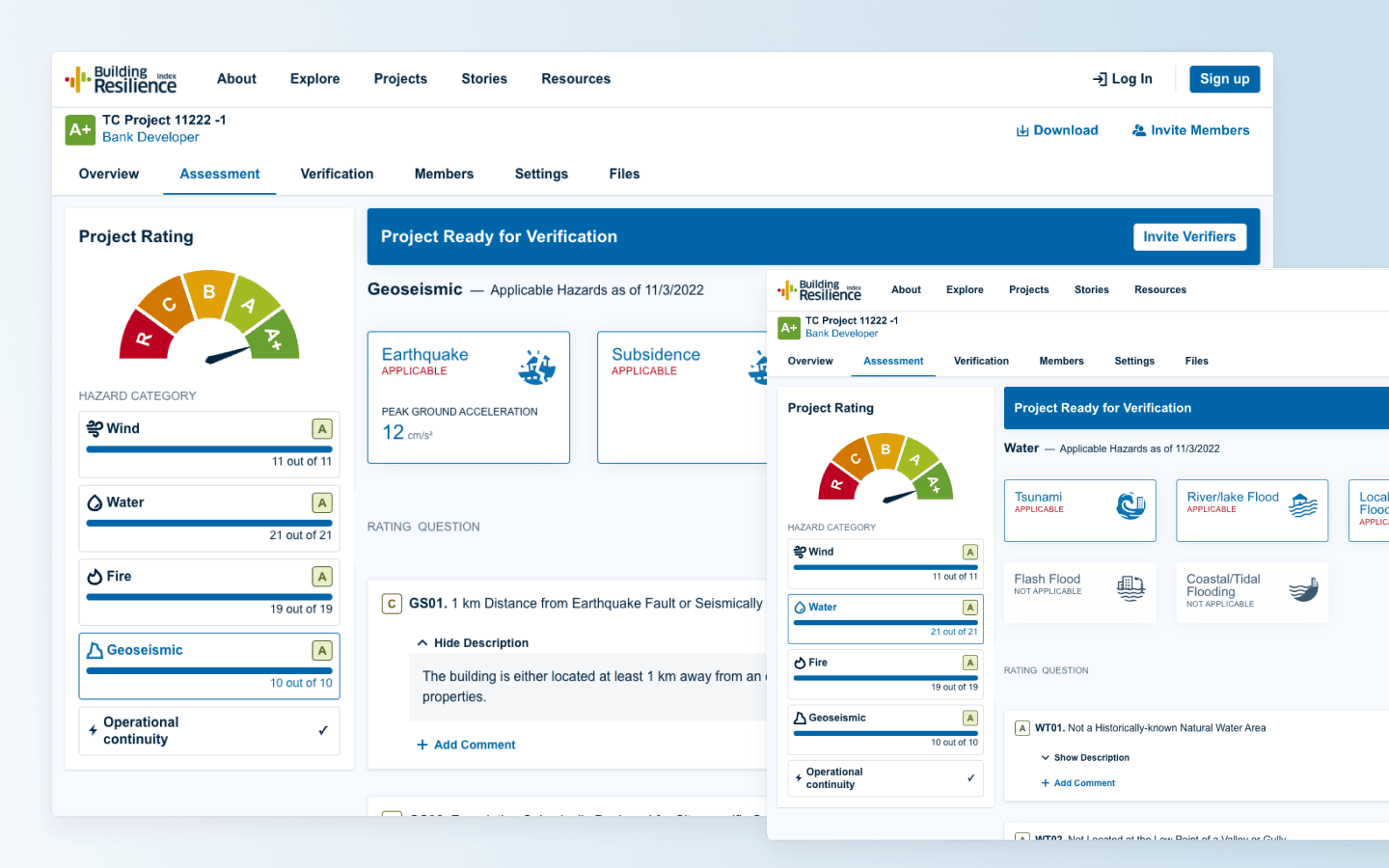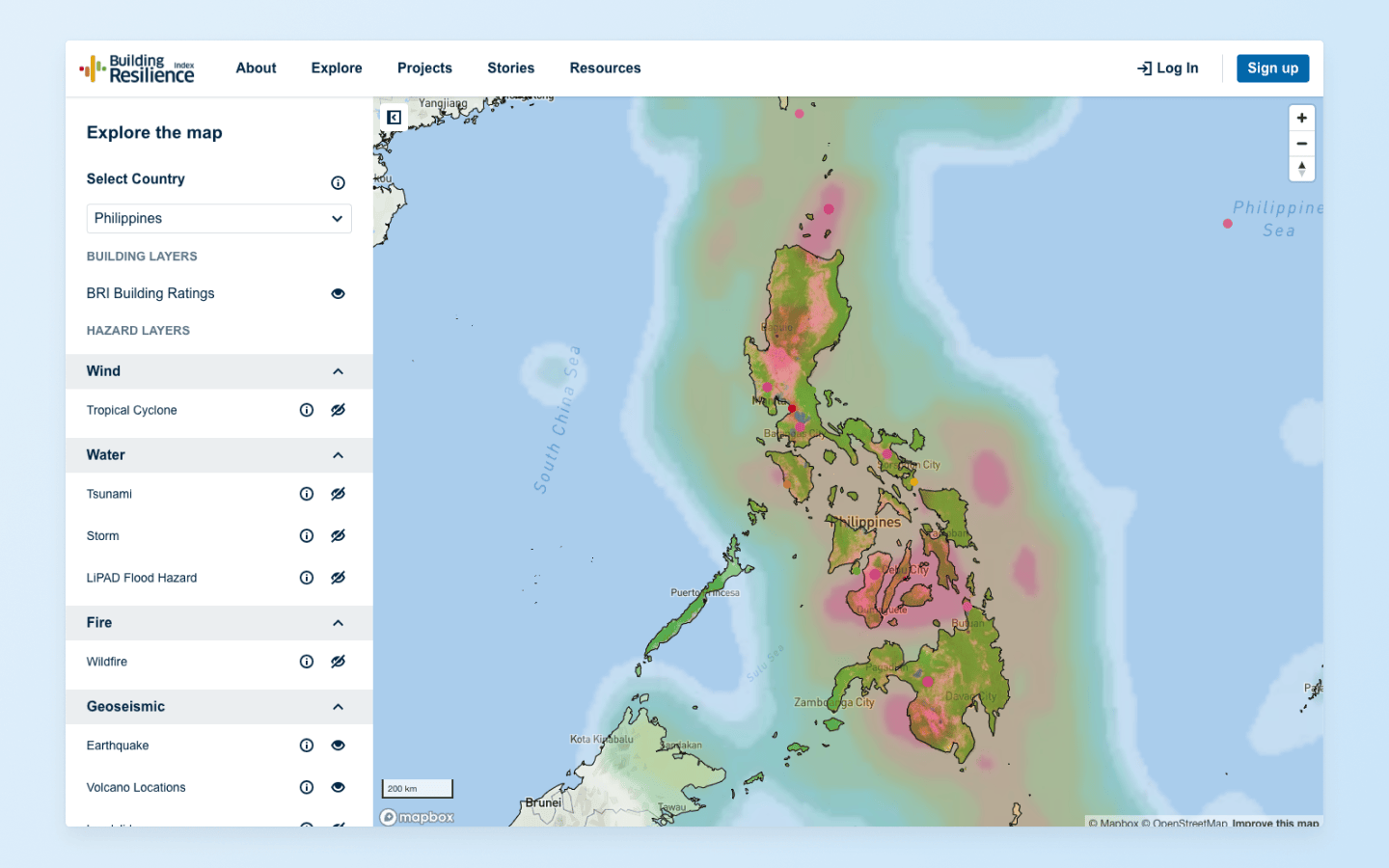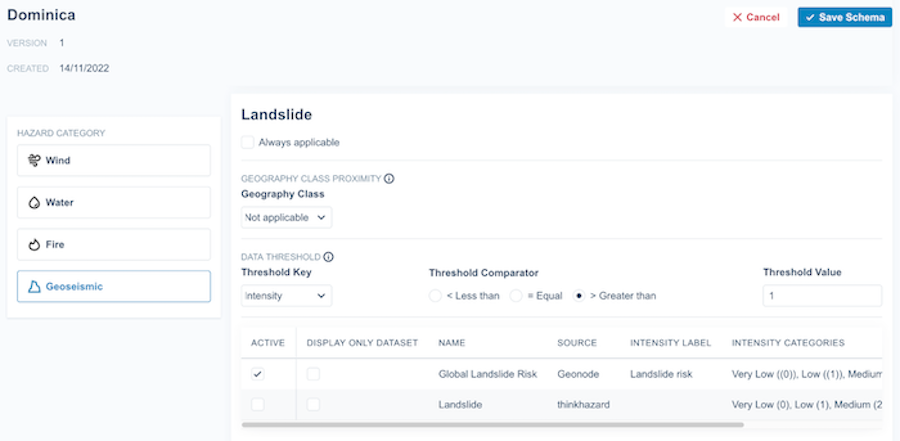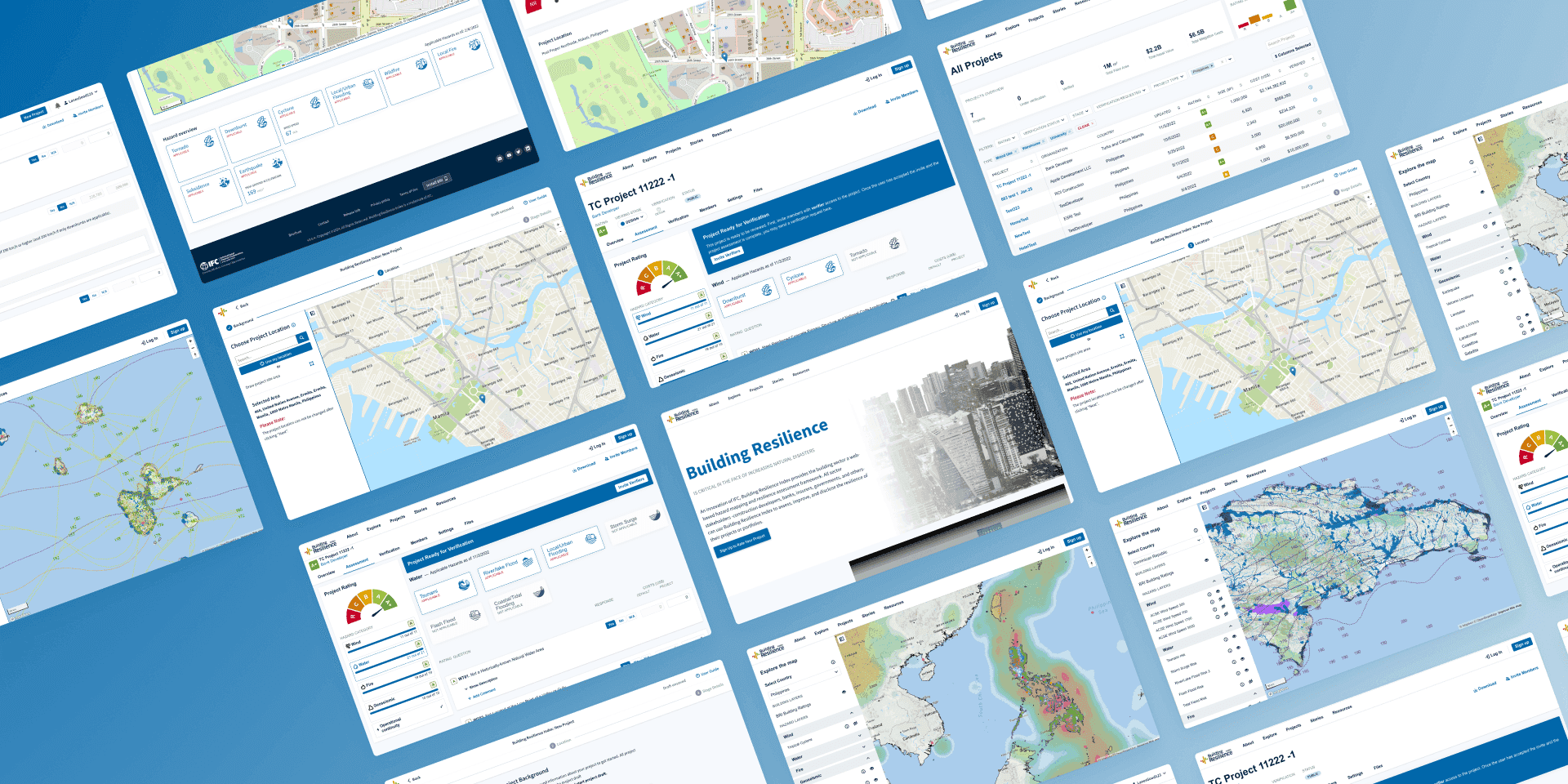The Building Resilience Index (BRI) is a vital tool for safer infrastructure in a world increasingly vulnerable to natural disasters exacerbated by climate change. Jointly developed with the International Finance Corporation, BRI provides an intuitive, web-based framework for assessing and enhancing global building resilience. It’s an essential resource, empowering developers, governments, and financial institutions to navigate and mitigate natural disaster risks effectively.
Overview
As climate change intensifies, resilient infrastructure has never been more critical. Launched in 2021 in partnership with the International Finance Corporation, the Building Resilience Index offers a comprehensive, self-declarative system for evaluating and enhancing building resilience worldwide. Covering a spectrum of hazards - from wind and water to fire and seismic activities - it is a crucial tool for developers, governments, and financial institutions, providing detailed insights and practical measures to combat natural disaster impact on construction practices and policies.
Challenge
A glaring gap is the lack of a comprehensive, easy-to-use system for assessing resilience to climate-induced disasters. Regions like the Philippines and the Caribbean, often devastated by natural calamities, lack the necessary tools for evaluating and improving infrastructure safety. This leads to repeated, costly rebuilding.
Outcome
The Building Resilience Index has successfully filled this void, providing a robust, scalable solution implemented in multiple countries. Its standardized, self-declarative rating system has revolutionized construction projects, enabling better-informed investment decisions by banks and insurance companies. It also incentivizes building owners and developers to include risk mitigation strategies in their designs. As a result, the BRI has emerged as an indispensable tool in global efforts to foster safer, more resilient communities in an era of increasing climate threats.

Project's assessment form. Based on the answers of the questions, the page shows the general rating of the project and the rating by hazard category.
Understanding the Need for the Building Resilience Index
The effects of climate change-related disasters grow worse year after year. Hurricanes, tornados, cyclones, and forest fires destroy lives and property, and the world’s buildings are at greater and greater risk. Countries most at risk, like the Philippines and those in the Caribbean, spend billions of dollars on rebuilding after increasingly damaging disasters. Many of the most populated areas in the world are susceptible to seismic events like volcano eruptions, earthquakes, and tsunamis. The International Finance Corporation (IFC) seeks to connect building developers, governments, banks, and buyers to the necessary data on how natural disasters and climate change can affect where and how buildings are constructed.
As the private-sector arm of the World Bank Group, the IFC provides direct government support and private-sector investment to promote global economic development. We partnered with the IFC to build the Building Resilience Index, an assessment and rating system aimed at improving global building resilience. The Building Resilience Index (BRI) was launched in October 2021 with data and availability in the Philippines and has since expanded to multiple countries in the Caribbean, Pacific Islands, and Southeast Asia.
A Critical Need for Resilient Building Practices
The escalating climate crisis necessitates that buildings be sustainable and resilient to a range of natural disasters. While tools like IFC’s EDGE Buildings tool and the USGBC’s LEED focus on sustainability, BRI uniquely allows developers to self-report on their projects' resilience against climate disasters, filling a critical gap in global infrastructure development.
The Building Resilience Index provides a letter rating for construction developers to demonstrate their projects’ preparation for climate-based disasters. BRI is a “self-declaration” program that allows developers to complete an assessment and upload documents that provide evidence of their capacity to withstand natural disasters and shocks. Buildings are rated to indicate risk preparedness and public users can explore the global database of self-published project ratings.

Image showing the volcano locations (pink circles), tsunami risk (black points), and earthquake intensity (color gradient).
Behind the Scenes: Technical Development
BRI web and mobile applications aim to provide developers with the most comprehensive hazard risk data available. We first collaborated with IFC experts to evaluate the landscape of open-sourced hazard datasets, inspecting data sources from government and international development agencies and insurance providers. The team assessed data completeness and resolution for risks like tsunamis, earthquakes, flooding, landslides, and wildfires. The platform’s robust data system, backed by a meticulous ETL process, ensures accurate risk assessment and visualization. This global-to-local approach empowers developers with detailed, reliable data for building safer, more resilient structures.
Adapting Hazard Data for Global Building Challenges
Our team then built a customizable hazard data schema to permit complex queries and rules for hazard analysis of building locations at any point in the world using any of the ingested datasets. BRI application administrators can use the front end to determine custom logic for each country or region to determine whether a hazard is applicable to a building site.

Hazard schema editor
Simplifying Project Initiation and Climate Risk Assessment in BRI
When users initiate a new building project in BRI, the process starts with selecting the project’s location. The application intelligently queries the database, aligning the project area with relevant hazard data. This approach allows for nuanced assessments; for instance, a coastal project may be evaluated differently for tsunami risks depending on its specific geographical context.
Developers then determine the specific hazards applicable to their project, guided by the administrator-defined schema. They complete climate mitigation forms customized to their project’s location, ensuring that all relevant risks are considered and addressed in their planning.
Enhancing Trust: Third-Party Verification
To enhance credibility, BRI allows third-party verification by licensed engineers. This step ensures that a construction developer’s project rating is validated, assuring insurers and buyers. It’s a crucial feature that adds trust and reliability to the BRI rating.
Looking Ahead: The Impact and Future of the Building Resilience Index
In developing the Building Resilience Index, we wanted to create a platform that embraced customization and excelled in global adaptability. We structured the platform to manage extensive data while delivering exceptional performance. By integrating both vector and raster data into Mapbox Studio, we achieved customized, fast-rendering map visualizations coupled with a PostgreSQL database for precise hazard score calculations. Our advanced SQL queries strike the right balance between accuracy and efficiency.
This project underscores the critical importance of open earth data in mitigating climate change-induced disaster impacts. BRI illustrates how increasing accessibility of hazard datasets can positively influence the construction and infrastructure planning processes. As climate risks continue escalating, BRI is a testament to our capacity to build safer, more resilient communities through informed and innovative solutions.
Have a challenging project that could use our help?
Let's connect
We'd love to hear from you.
